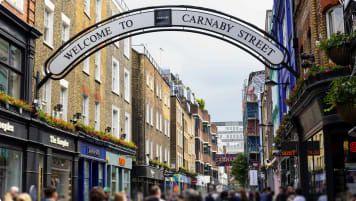Mature Travellers Discovering Hungary
Travellers Discover Hungary Hungary is a landlocked country in Central Europe, bordered by Slovakia, Ukraine, Romania, Serbia, Croatia, and Austria. It is best-known for its capital Budapest, the country’s cultural and commercial centre and home…
7 Sep 18 · 8 mins read
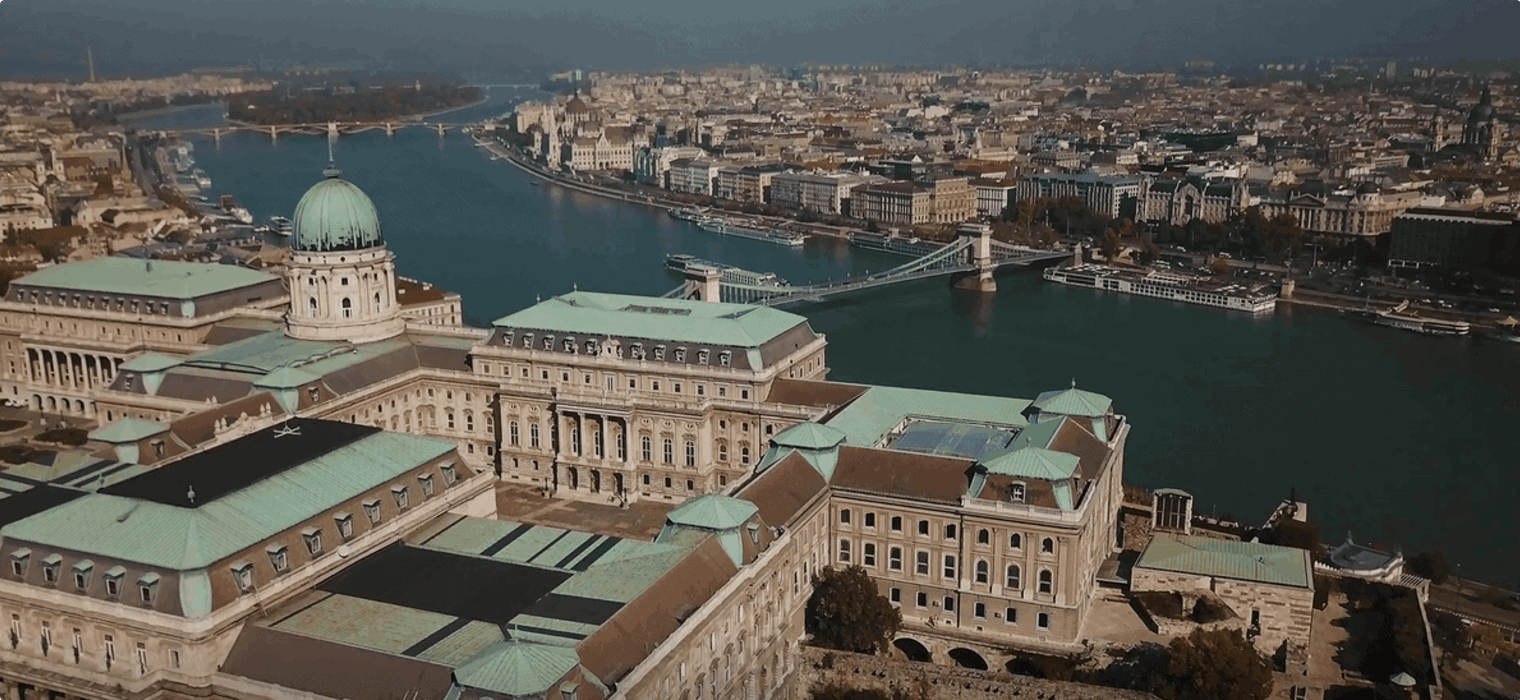
Travellers Discover Hungary
Hungary is a landlocked country in Central Europe, bordered by Slovakia, Ukraine, Romania, Serbia, Croatia, and Austria. It is best-known for its capital Budapest, the country’s cultural and commercial centre and home to one-fifth of the country’s population. This article provides a historical framework for mature & senior travellers planning a visit to Hungary. Odyssey publishes regular articles of interest to travellers. You can continue reading our latest articles by subscribing to our newsletter in the link below.
Buda and Pest, connected by bridges spanning the River Danube.
Budapest consists of three parts, Pest, Buda and Óbuda which united in 1873. The sides are connected by bridges spanning the River Danube. The city’s rich, troubled, and unique history led to its designation as a UNESCO World Heritage site in 1987.
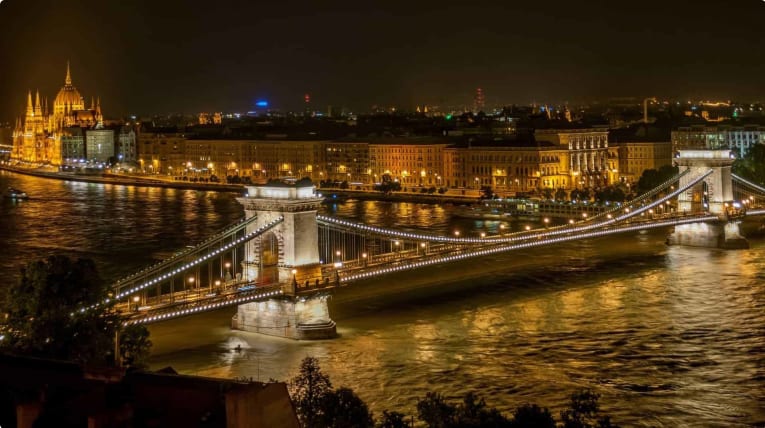
Odyssey Traveller organises several small-group tours to Budapest and other parts of Hungary, all designed for the active senior. Click through to sign up, or keep on reading to learn more about this Central European country.
“Land of Magyars”
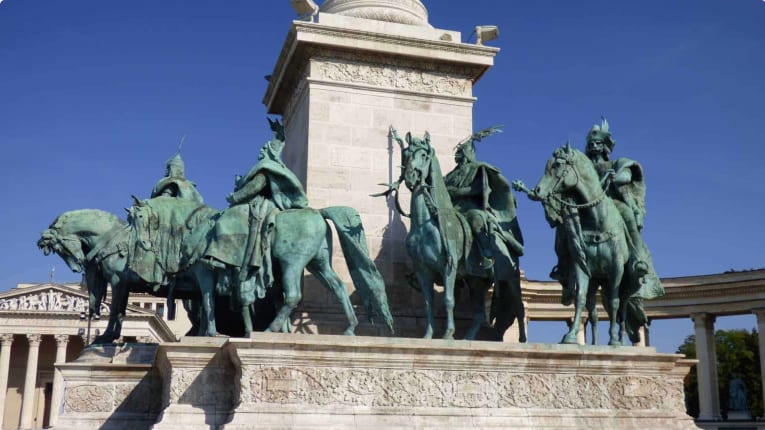
Hungarians refer to their country as Magyarország, “Land of Magyars”, after their Central Asian ancestors. The Magyars were led by Prince Árpád, who migrated from the Urals in 896 and settled in present-day Hungary. His great-grandson Stephen I ascended the throne in 1000 as the first King of Hungary and the first of his family to embrace Christianity.
Stephen consolidated his power, and the country joined the Christianised nations of the West. The dynasty ruled Hungary until 1301, when the line ended with an heir-less Andras III.
Hungary Under Foreign Rule
The throne passed to foreign kings, with the monarchy reaching the height of its power with the Renaissance king Matthias Corvinus (Mátyás Hunyadi), elected to the throne through a general Diet held in Buda and Pest in January 1458. The son of military leader John Hunyadi, Matthias was the first noble to ascend the throne without a dynastic background. Under his reign, and with his marriage to Beatrice of Naples, Hungary became the first country outside Italy to embrace the Renaissance.
Matthias died without a legitimate heir, and he was succeeded by Vladislaus II, whose weak influence over Hungarian nobility led to the nobles extending their powers and the oppressed peasantry rebelling against the monarchy.
Hungary’s political instability worsened when the Ottoman Turks won a decisive victory at the Battle of Mohács in 1526. In the ensuing chaos, the nobles elected two kings simultaneously, dividing Hungary into three regions: the west, or “Royal Hungary”, ruled by the Austrian Ferdinand I of the Habsburgs; the east, including Transylvania (now in Romania), a semi-independent region under Ottoman rule; and the central region, including the capital Buda, firmly under Ottoman control.
The Habsburgs recaptured Buda in 1686 and finally ended Ottoman rule in 1718. With Hungary under Austrian rule, uprisings against the suppression of Hungarian identity continued throughout the 17th and 18th centuries, culminating in the Dual Monarchy of Austro-Hungary in 1867.
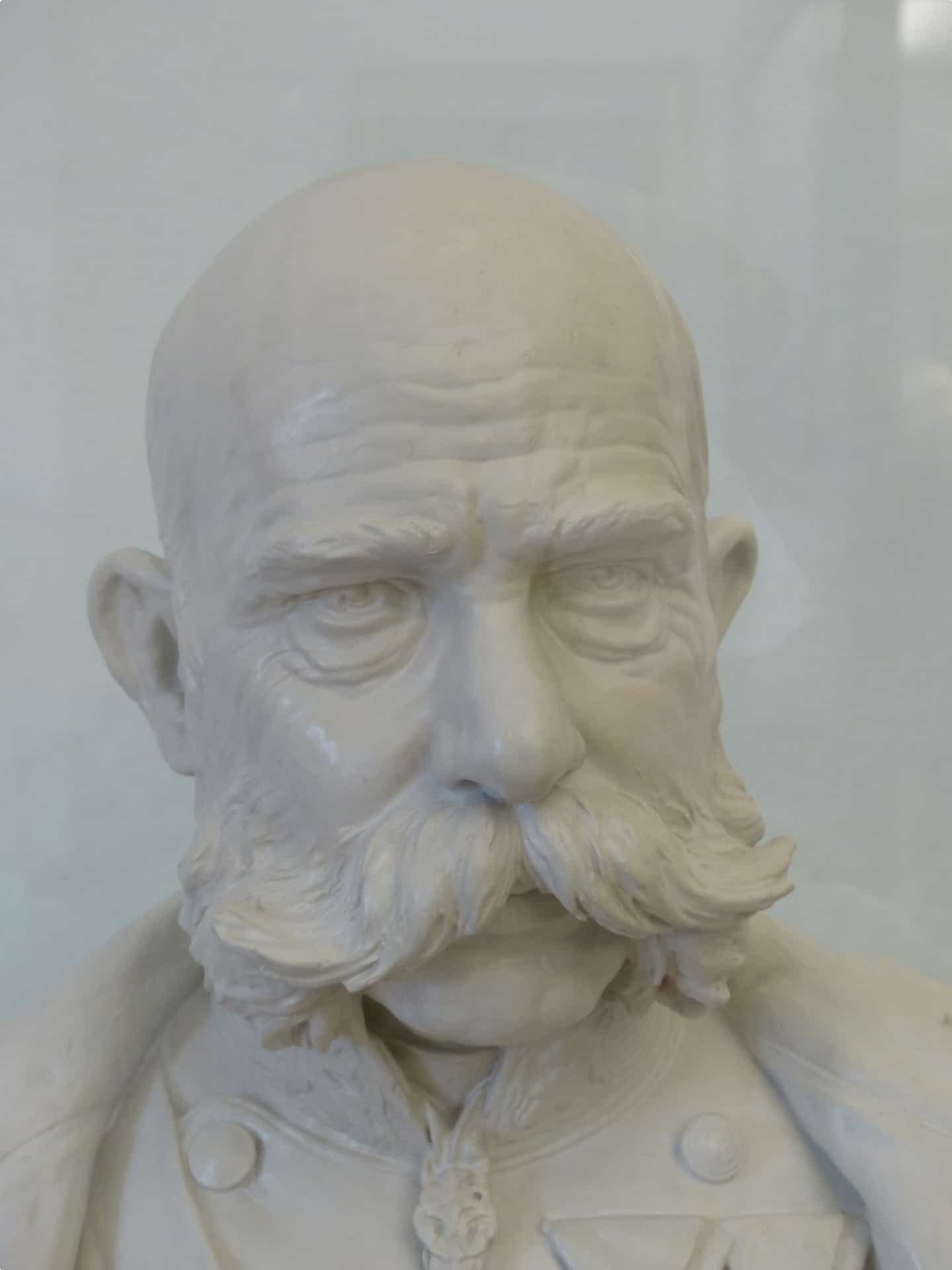
Under the Dual Monarchy, Austria and Hungary were considered co-equal states, ruled by Emperor Franz Joseph I of the House of Habsburg with Austria’s Minister-President Friedrich von Beust and Hungary’s Prime Minister Gyula Andrássy. The union turned Austro-Hungary into one of the world’s greatest powers.
The World Wars and Independence
On June 28, 1914, Gavrilo Princip, a member of an organisation (Young Bosnia) seeking an end to Austro-Hungarian rule in Bosnia and Herzegovina, assassinated Archduke Franz Ferdinand of Austria and his wife, Duchess Sophie. The archduke was heir presumptive to the Austro-Hungarian throne, and his death started a series of events that led to the First World War.
The war ended with the defeat of the Central Powers, to which Hungary was allied, and the House of Habsburg was dismantled. Hungary signed a peace agreement with the Allied forces in 1920 (Treaty of Trianon) and lost two-thirds of its territory and inhabitants as a result of the treaty. Slovakia, sub-Carpathian Ruthenia, Pressburg (Bratislava), and other sites were given to Czechoslovakia. Yugoslavia took Croatia-Slavonia and part of the Banat. Austria received western Hungary (most of Burgenland). The rest of Banat and Transylvania were folded into Romania. Finally, Fiume was given to Italy.
In hopes of regaining its old territories, Hungary allied with Axis and backed Germany in World War II, ending in another defeat. Hungary came under Soviet rule after the war, from 1945 to 1989.
In 1990, after years of upheaval, Hungary held its first free parliamentary election, officially marking its independence and its transition from communism to democracy.
Travel and Tourism in Hungary
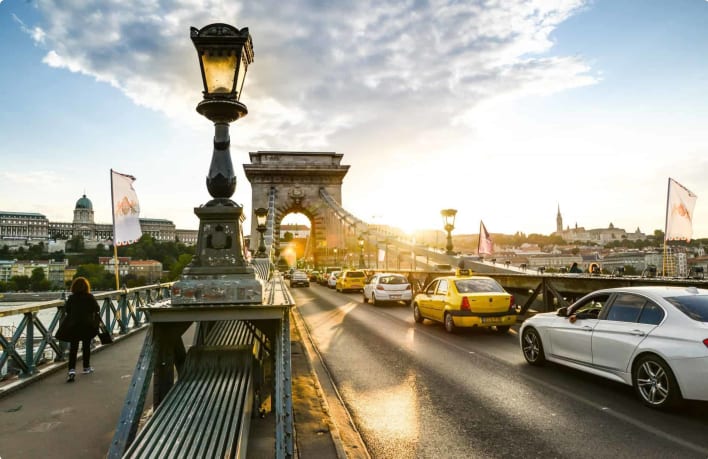
Hungary became a member of the European Union in 2004 and is a Schengen area member since 2007. Hungary is the homeland of the 19th century composer Franz Liszt; scientist Albert Szent-Györgyi, who received the Nobel Prize for his discovery of vitamin C; architect Ernő Rubik, inventor of the Rubik’s Cube; magician Harry Houdini, whose real name is Erik Weisz; and Hollywood stars Bela Lugosi and ZsaZsa Gábor.
Hungary’s tourism industry is booming and is expected to continue to rise. The World Travel and Tourism Council reports that in 2017, the total contribution of travel and tourism in Hungary was US$11B, or 8% of the country’s total GDP.
It is not hard to see why travellers are heading to this Central European country. Let’s look at some of Hungary’s most-visited sites.
1. Buda Castle and the Castle District

This historic castle of the Hungarian kings sits in a complex on the south tip of Castle Hill and is the crowning jewel of Budapest’s Castle District. It has been destroyed and rebuilt many times since the 13th century, when King Bela IV established the royal residence in Buda. A Gothic palace was built in 1400, which was then remodelled into the Renaissance style by Matthias Corvinus, destroyed by the Turks in 1686, and rebuilt by the Habsburgs in 1719. The restored palace as it stands today incorporates the remains of the Gothic palace, uncovered after World War II, and now houses the Hungarian National Gallery, the Budapest History Museum, and the National Széchenyi Library.
Other sites of interest in the Castle District are the 19th century Fisherman’s Bastion, with lookout towers offering the best panoramic view of the Danube and the Pest side of Budapest, and the beautiful Gothic Matthias Church, the site of iconic events such as Matthias Corvinus’s wedding to Beatrice of Naples which ushered in the Renaissance in Hungary, and the coronation of Charles IV, the last Habsburg king.
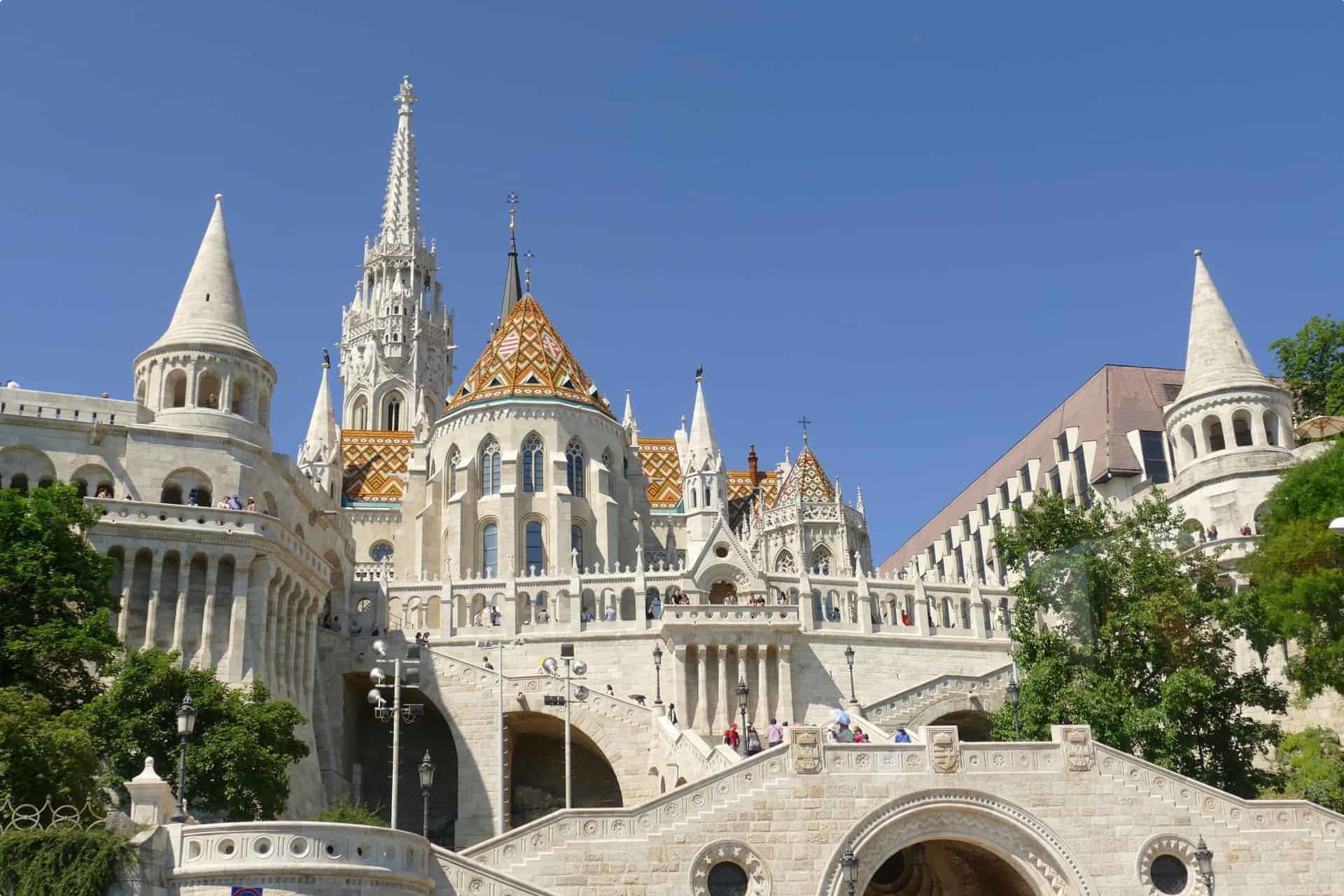
2. Esztergom Basilica
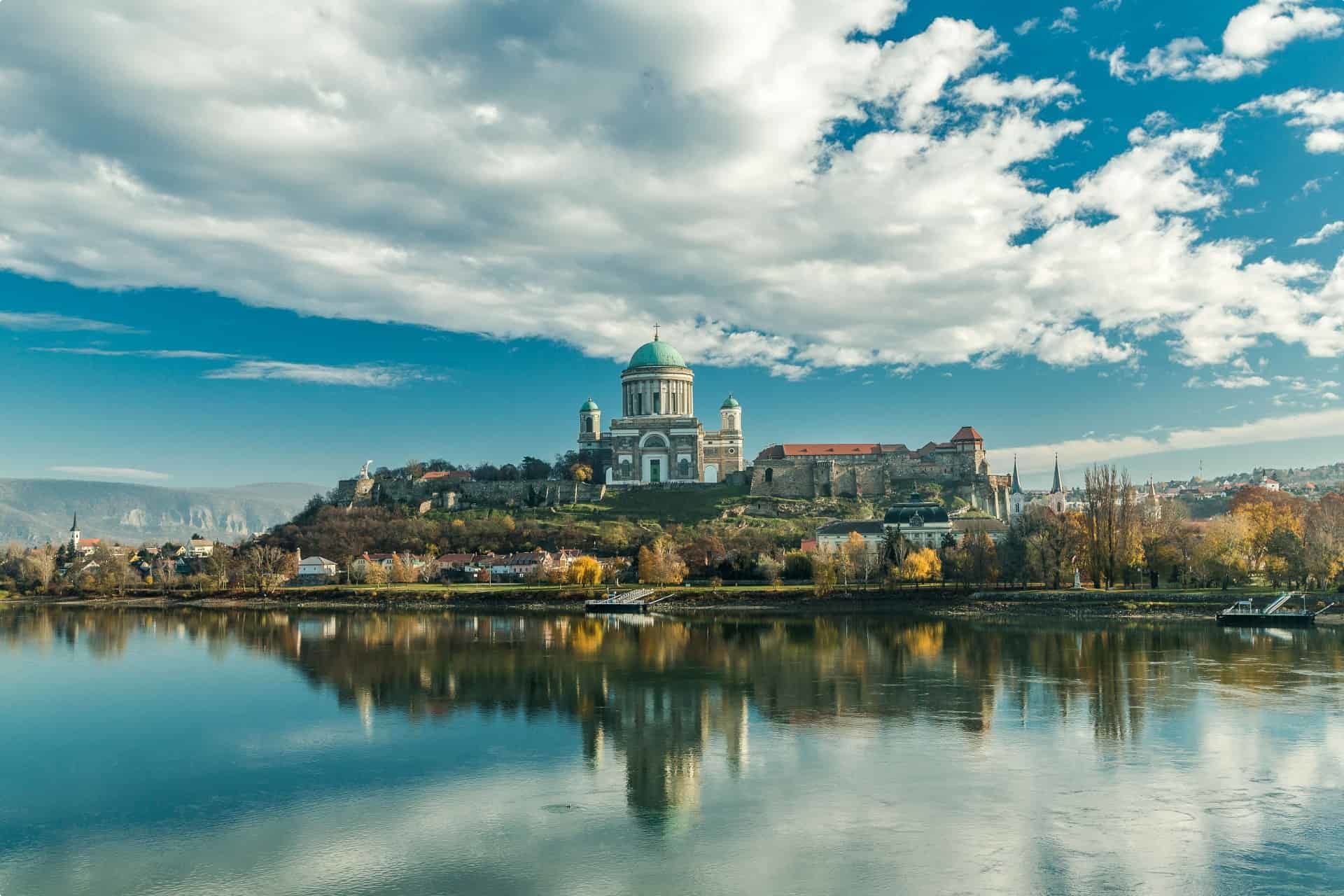
Esztergom was the capital of Hungary from the 10th century until the 13th century, when the capital moved to Buda. It is the seat of the Roman Catholic Church in Hungary and the location of the country’s largest church, Esztergom Basilica. The basilica’s Hungarian name translates to the “Primatial Basilica of the Blessed Virgin Mary Assumed Into Heaven and St Adalbert” as it was built on the site of the original Saint Adalbert church which burned down in the 12th century. The basilica is the tallest building in Hungary and overlooks Slovakia on the other side of the Danube river.
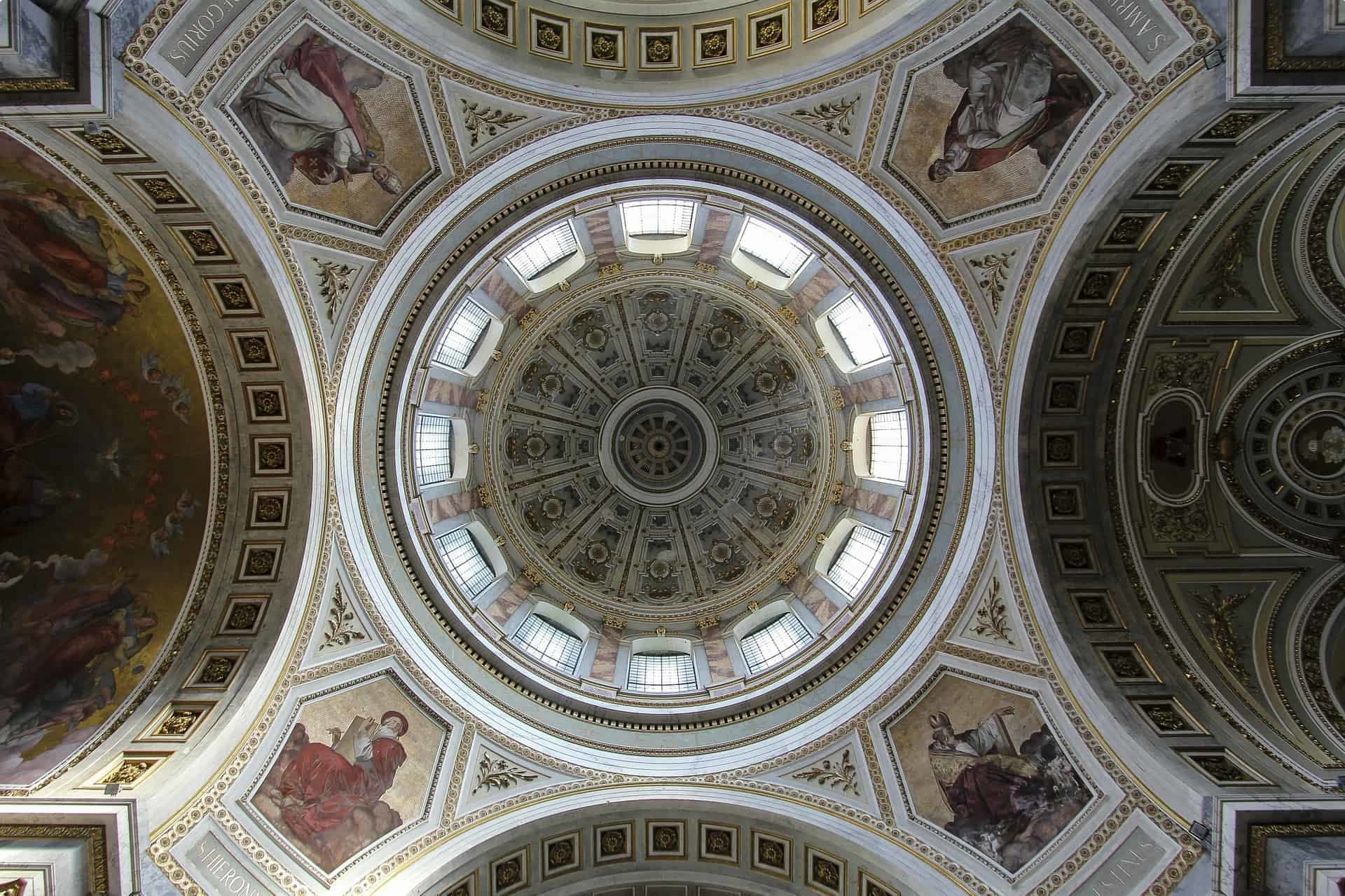
3. Visegrád
This small town north of Budapest is famous for its hiking trails and the remains of the Renaissance summer palace of Matthias Corvinus and the medieval citadel.
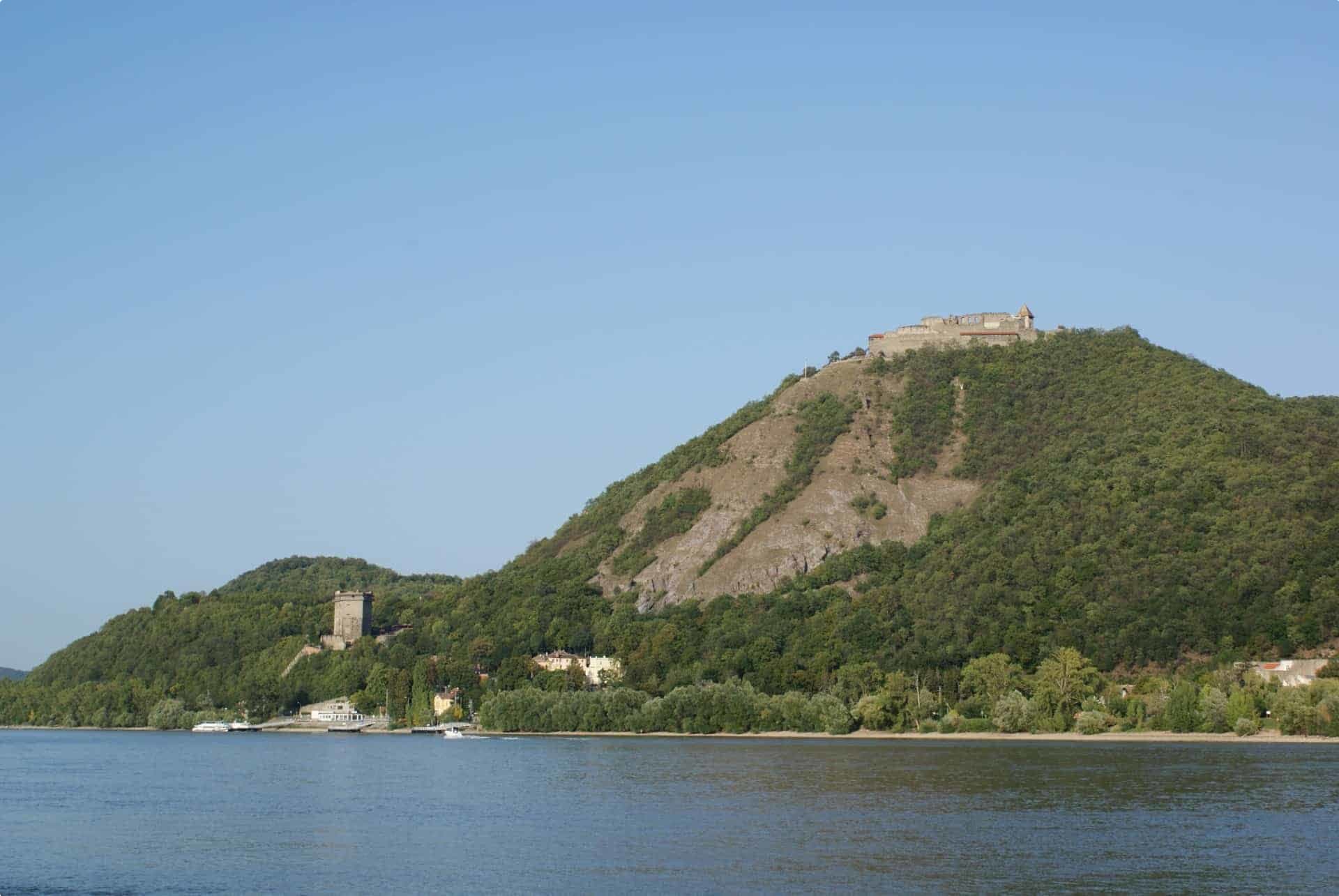
4. Hungarian State Opera House
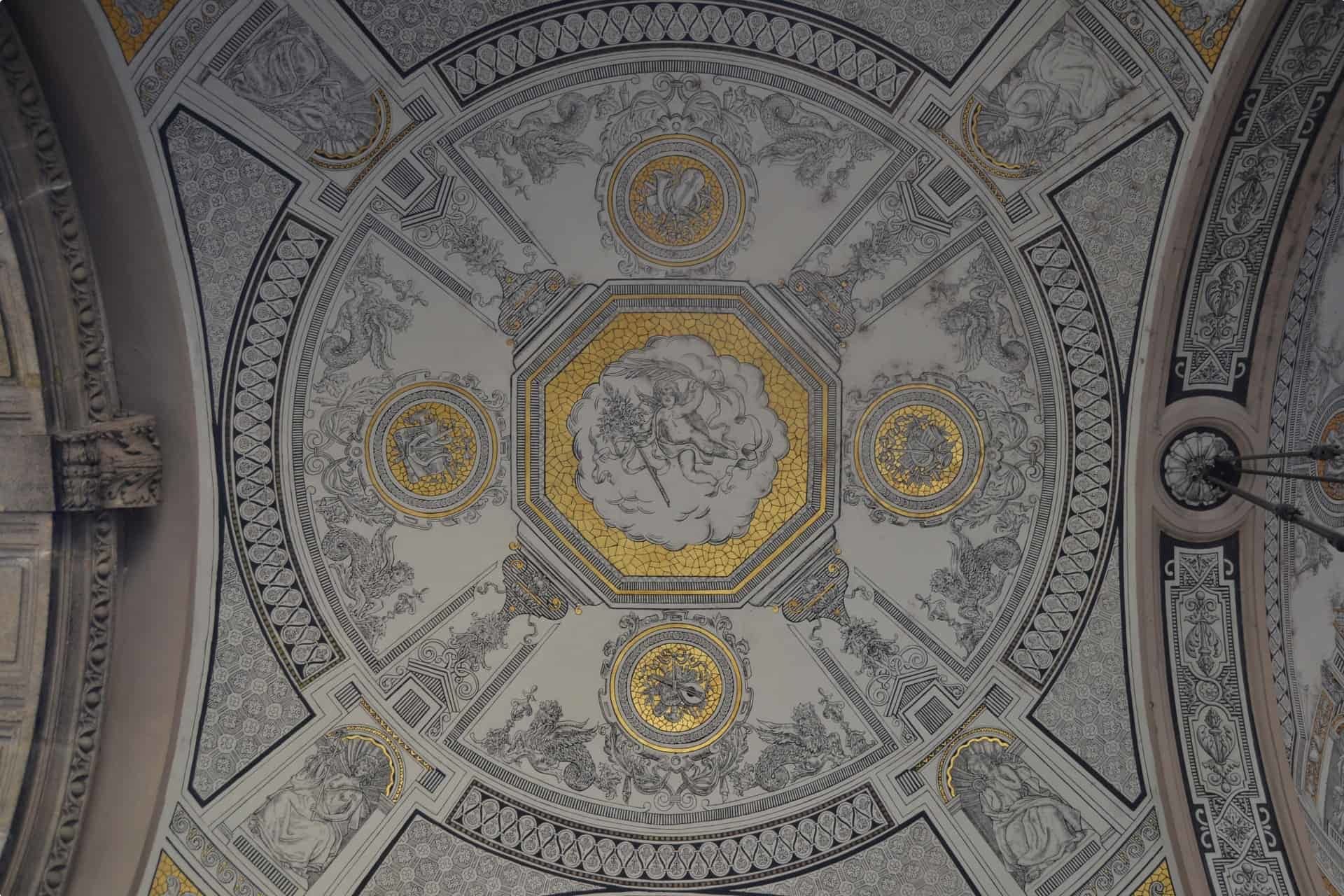
The opera house’s opulent neo-Renaissance décor, with its chandeliers and grand staircase, is a feast for the eyes. Designed by Hungary’s leading architect Miklós Ybl, the Hungarian State Opera House features statues of Hungary’s prominent composers, Ferenc Erkel (composer of the Hungarian national anthem) and Franz Liszt.
5. Hungarian Parliament
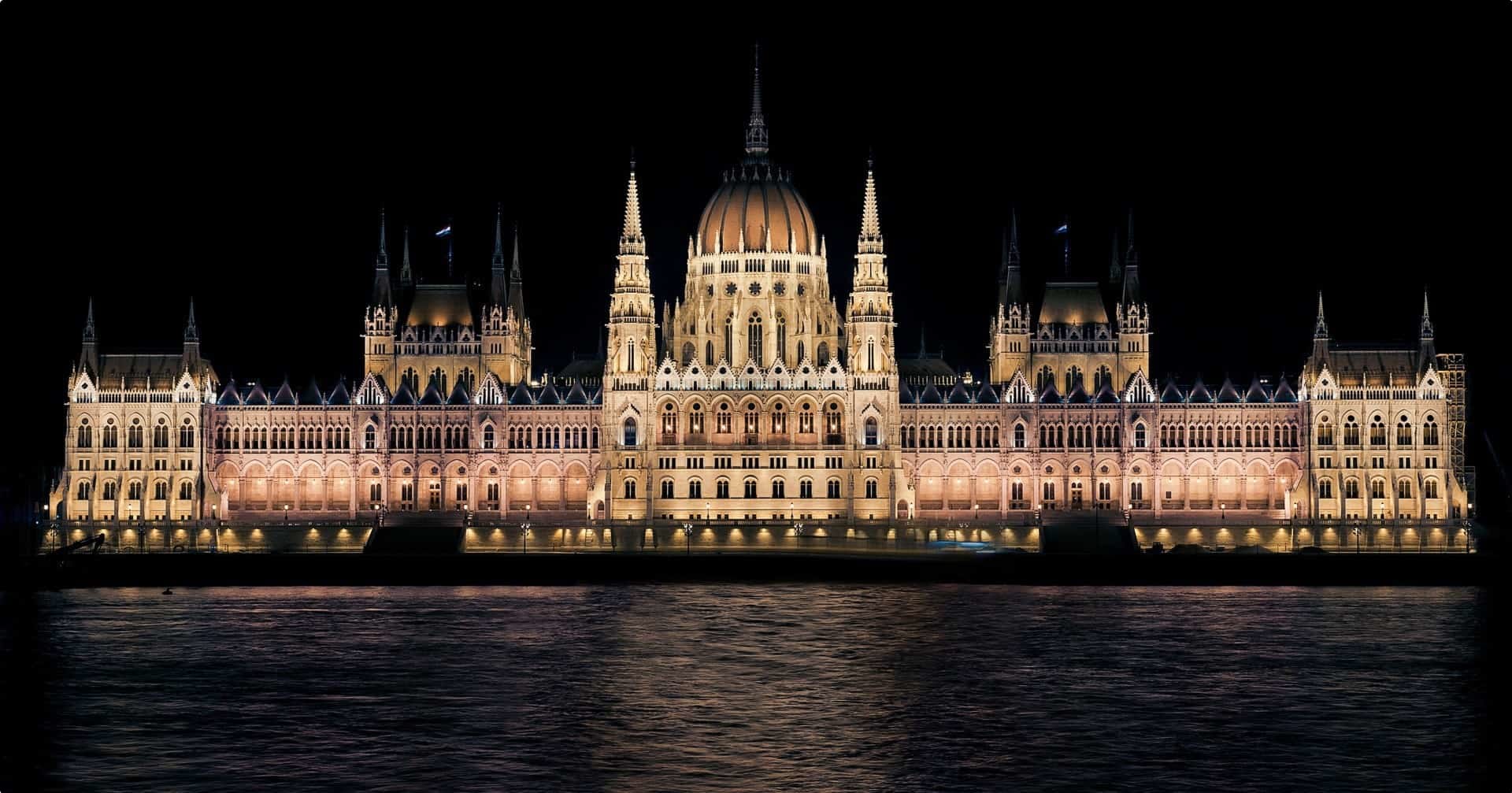
The 691-room Parliament is Hungary’s largest building and the third largest Parliament building in the world. Built over seventeen years in the late 19th century, it provides a home for the Hungarian legislature, the Hungarian Crown Jewels, and the Prime Minister, Members of Parliament, and their staff. This neo-Gothic building has magnificent ceiling frescoes and a tapestry of Árpád and Magyar chiefs taking a blood oath.
6. Liszt Ferenc Memorial Museum
This museum is a reconstruction of Liszt’s last flat in Budapest, located on the first floor of the old Academy of Music, where he lived between 1881 and 1886. Guided tours available in several languages show visitors the great composer’s original instruments, furniture, books, and personal memorabilia. The museum houses The Liszt Research Centre which coordinates Liszt-related research in Hungary.
7. Dohány Street Synagogue (or the Great Synagogue)
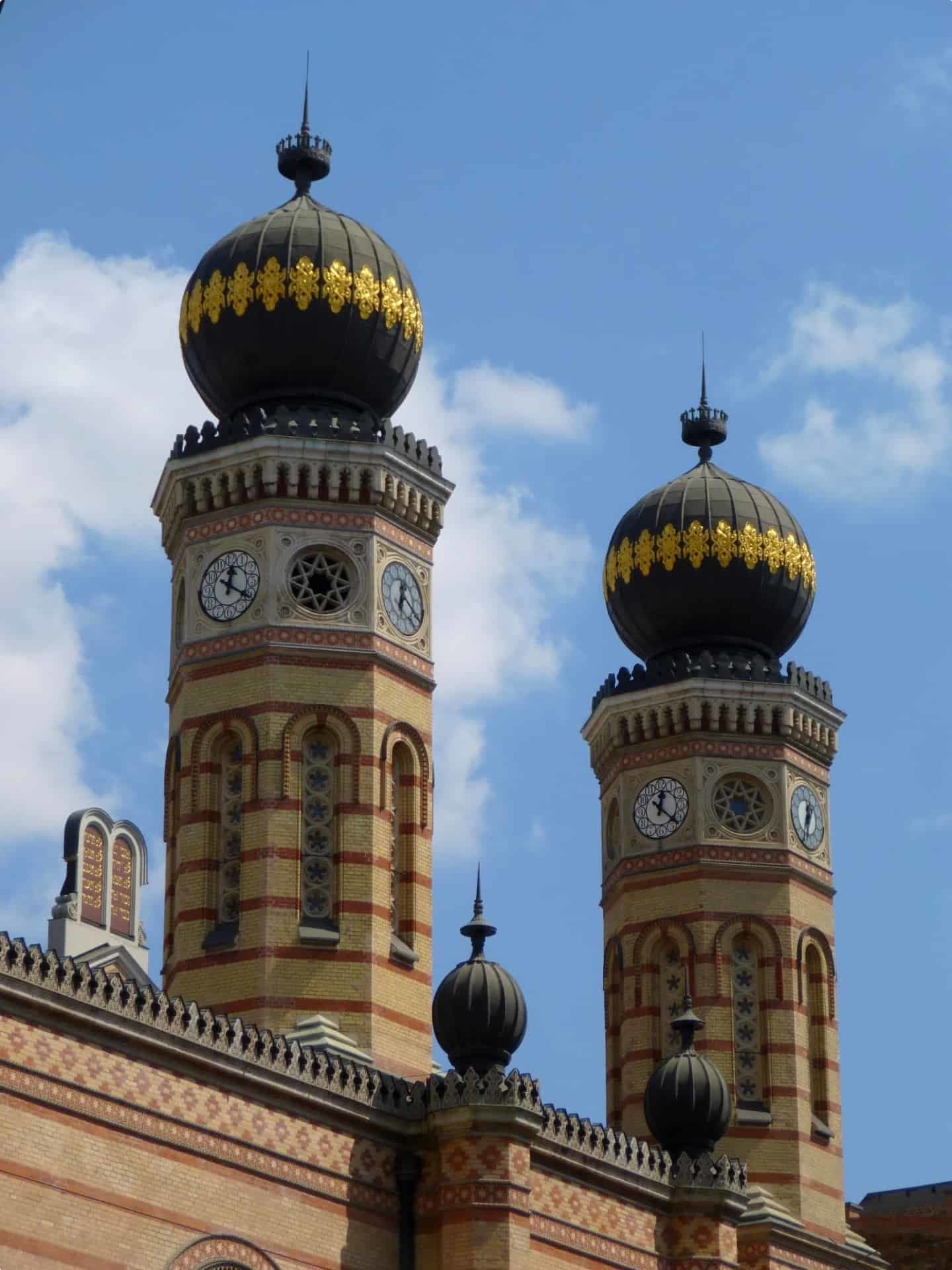
Hungary is home to the largest synagogue in Europe and the second largest in the world, after the Temple Emanu-El in New York. Built between 1854 and 1859, the Moorish Revival-style synagogue can seat 3,000 people and is topped with domes reminiscent of Islamic architecture. It was designed by Hungarian architect Frigyes Feszl and Viennese architect Ludwig Förster.
Practical Information for Tourists
Visa Requirements: Passport holders of EU countries and the US, Canada, Australia, and New Zealand can visit Hungary without a visa for up to 90 days. Starting 2007, holders of a Schengen Visa can visit Hungary.
Time Zone: Hungary is in the Central European Time Zone (GMT+1) with Daylight saving time running between the end of March and the end of October (CET+1/GMT+2).
Weather: The country has four distinct seasons with an average high temperature in summer of 23 to 28°C and average low temperature in winter of −3 to −7 °C. June, July, and August are the hottest months.
Currency: The Hungarian currency is the forint (Ft and HUF)
Medical Cost: Residents of the European Union (plus Iceland, Norway, Liechtenstein, and Switzerland) get free “basic healthcare”, which doesn’t cover non-emergencies or emergency repatriation. For foreign tourists, only emergency first-aid assistance is free.
Electricity: The voltage in Hungary is AC 230 V / 50 Hz. Electrical plugs are “Type F” (for European standard 2 pin sockets). It is recommended that foreign visitors bring travel adapters.
Public Transportation: Budapest has an excellent public transport system, with four metro lines, trams, buses, and trolleybuses. The city also has a public bicycle sharing network (“BuBi”) and boat routes that can take visitors across the Danube River.

Several group tours organised by Odyssey Traveller can take you to Budapest and other parts of Hungary. Learn more about the art and architecture that flourished under the Hapsburgs, visit Budapest before watching the Passion Play in Oberammergau, or go on a tour of Bulgaria, Romania and Hungary and learn about their intertwined histories.
These tours are designed with the active senior in mind, allowing flexibility and a more in-depth look into the places visited. Please don’t hesitate to call or send an email if you have further enquiries. Safe travels!

About Odyssey Traveller

We specialise in educational small group tours for seniors, typically groups between six to 12 people from Australia, New Zealand, USA, Canada and Britain. Our maximum number of people on a tour is 18 mature aged travellers. Typically, our clients begin travelling with us from their mid 50’s onward. But be prepared to meet fellow travellers in their 80s and beyond! Both couples and solo travellers are very welcome on our tours. We have some 150 tours and offer 300 scheduled departures on offer each year. Odyssey has been offering this style of adventure and educational programs since 1983.
Odyssey Traveller is committed to charitable activities that support the environment and cultural development of Australian and New Zealand communities.
Odyssey Traveller scholarship for Australia & New Zealand University students.
We are also pleased to announce that since 2012, Odyssey has been awarding $10,000 Equity & Merit Cash Scholarships each year. We award scholarships on the basis of academic performance and demonstrated financial need. We award at least one scholarship per year. We’re supported through our educational travel programs, and your participation helps Odyssey achieve its goals. Students can apply for the scholarship by clicking on this link to find out more details.
Join our loyalty program when you join an international small group tour.
Every International small group tour taken typically contributes to your membership level in our Loyalty Program for regular travellers. Membership of the alumni starts when you choose to take your first international small group tour with Odyssey Traveller, discounts in tour pricing for direct bookings accrue from your third tour with Odyssey Traveller. To see the discounts and benefits of being a Bronze, Silver, Gold, and Diamond alumni member with us, please see this page.
For more information on Odyssey Traveller and our educational small group tours, visit and explore our website, and remember to visit these pages in particular:
- Terms and conditions applicable for booking an Odyssey Traveller tour.
- FAQ’s about Odyssey Traveller
Alternatively, please call or send an email.
Related Tours
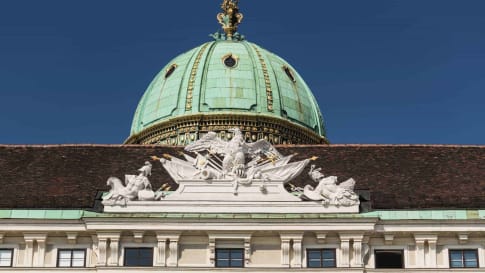
22 days
AugHabsburg Art and Classical Music small group Tour
Visiting Austria, Czech Republic
From the mediaeval jewel of Cesky Krumlow to the grandeur of the Habsburg’s summer palace in Vienna, our small group will embark on a 21 night journey to learn about these vibrant and artistically rich cities. We delve into the history of the famous artists, musicians, writers, architects and composers from Austria, Hungary, Poland and the Czech Republic.
From A$15,245 AUD
View Tour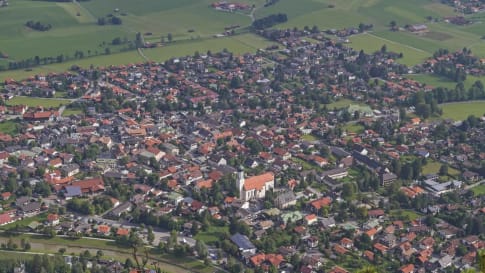
days
MayOberammergau Passion Play 2022 & the Habsburg cities
Visiting Austria, Czech Republic
Enjoy the authentic experience of the Oberammergau passion play on this escorted tour with one of the best small group tour companies in Europe. Our destinations and itineraries provide small group journeys for like minded people. For solo travelers a minimal single supplement applies.
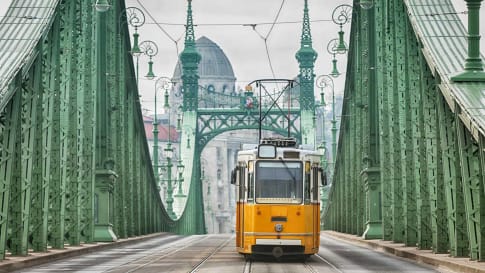
23 days
SepSofia, Bucharest and Budapest | Small Group Tour
Visiting Bulgaria, Hungary
Bulgaria and Romania have been at the crossroads of civilisations for centuries. This is a small group tour from one of the best small group tour companies for Europe, whose trips each day, select destinations from local guides that provide authentic experiences for our guests who are on holiday.
From A$13,995 AUD
View Tour

